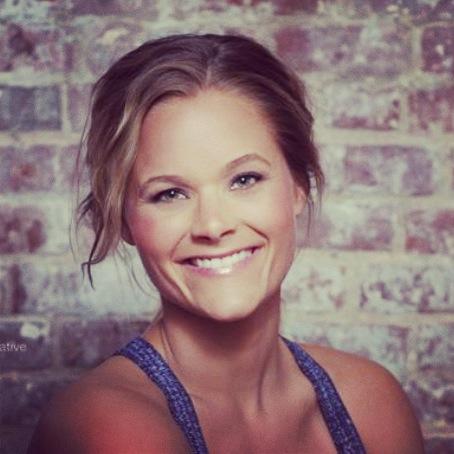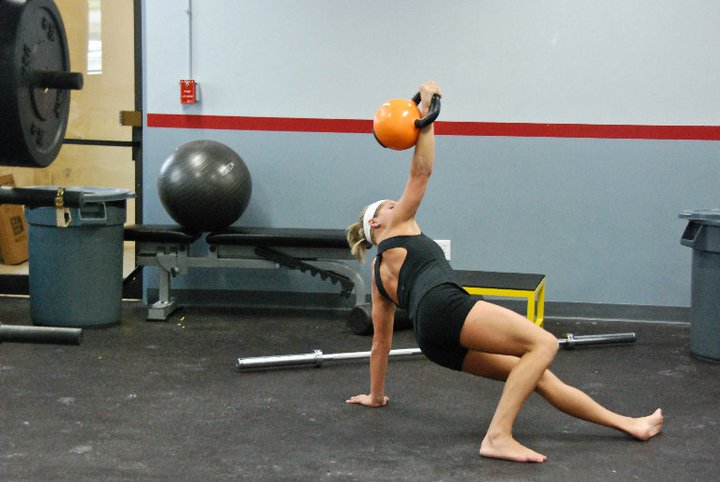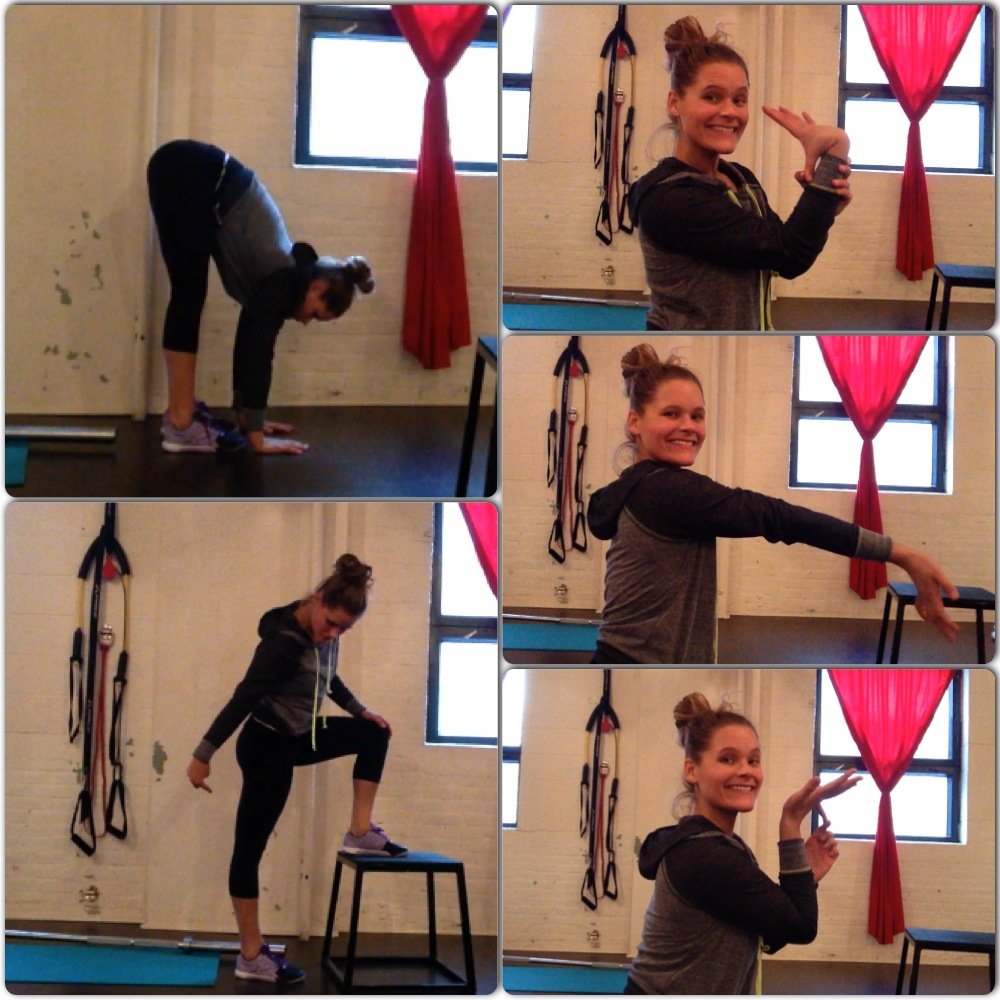Written by Stacey Schaedler
Joint hypermobility is a condition in which joints easily move beyond the normal range of motion expected at a particular joint. This condition tends to be inherited and there is no “cure” for it. As coaches we need to be aware that these individuals are lacking the muscular resistance to support the joint and as a result may suddenly injure themselves through a joint dislocation or experience chronic pain as a result of inflamed muscles or tendons. Joint laxity can also lead to the early onset of arthritis.
As a trainer that operates from within the largest yoga studio in Boston, I am constantly presented with hypermobile women of all ages. This joint laxity typically presents itself in young boys and girls, ages 12-16. Men tend to grown out of the hypermobile phase while women do not. As we strength train our clients, it’s important to acknowledge and combat joint laxity (especially in women).

How do we spot it?
Let’s take the Beighton Hypermobility Score. This 9-point test includes passive dorsiflexion of thumbs and pinkies, hyperextension of elbows and knees, as well as trunk flexion in a forward fold with palms flat on the ground. A client is considered hypermobile if they are positive on 4 out of the 9 points.
How do you combat this within your programming if you or your client is hypermobile?
On a weekly basis encourage females to keep yoga sessions to just 1-2 times per week max. Hypermobile individuals tend to gravitate towards yoga because they are good at it. These clients need a ton of stability and strength in order to balance their hypermobility. Within strength training, the focus should be on stability instead of mobility fillers, or even tri-set strength training. As a coach, you must also acknowledge basic exercise adjustments for this population. It’s not that the exercises themselves are bad for this clientele; it’s simply that we need to modify them to ensure that they are able to counteract tendencies and remain pain-free for the duration. This is especially important for distance (online) clients. Additional tools to identify these issues are videos taken by the client throughout the training blocks.
When making modifications, there are a variety of areas to focus on. These include a large emphasis on stabilizing the hips and shoulders. For the hips, that means ensuring we have a bend in our knees to shift movement into the glutes and away from the lower back. For shoulder stability, this would include packing the lats, keeping the ribs down, and making sure the inside of the elbow doesn’t flare out.
These core principles can be addressed through modifying basic changes to exercises for the lower body:
Exercise: A forward-walking lunge with low back and hip extension (causing stress on the joints).
Modification: Use a shorter stance slide board reverse lunge with a forward lean and 90/90 bend of knees, to encourage hip and core stability.
Exercise: Single leg and Romanian-style deadlifts.
Modification: Exaggerate the bent knee position to allow maximum usage of the glutes.
(Hint: for a hypermobile person any neutral knee position should always be a slightly bent knee).
For the upper body, exercises should be cued differently:
Our focus is on the ‘how’ from the beginning. Ribs down!
Exercise: Overhead carry variations or arm bars.
Cues: Teach locking into the lat, and packing into the shoulder, with a neutral wrist and elbow.
Exercise: Turkish Get Ups
Cues: Wrist straight, lat locked to feel the tension with the upper back, hip extension at the bridge with glute squeezed, rolling through the hips as opposed to the lower back, and keeping the ribs down and knees bent to 90 degrees when standing from the ½ kneeling position.
This exercise is amazing because it combines shoulder and core stability by tying together the entire body in one movement.

Exercise: Push-ups and plank variations
Cues: The elbows should not be rotated out and forward. Train a slight bend here as well to establish shoulder stability.
Stacey Schaedler runs her own personal training business within the largest yoga studio in Boston. Stacey is an ACSM CPT, RKC as well as RYT through the National Yoga Alliance. Her focus is strength training with a strong emphasis on postural integrity and alignment. This, paired with solid nutritional education for her clients creates the foundation for their success. Not only do her clients learn to move properly, gain strength and eliminate pain, they learn to start listening to their bodies. As a result of her diverse fitness experience as a collegiate athlete, avid yogi and former professional figure competitor, Stacey is a wealth of knowledge for those looking to attain their ultimate fitness and nutrition goals. Website, Facebook, YouTube, Twitter









